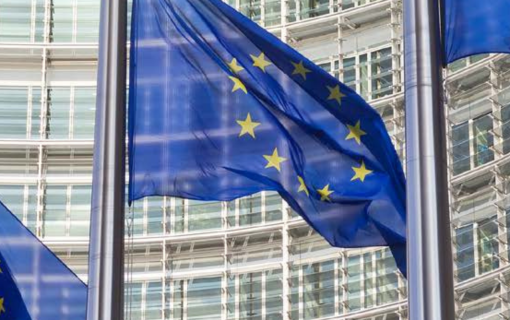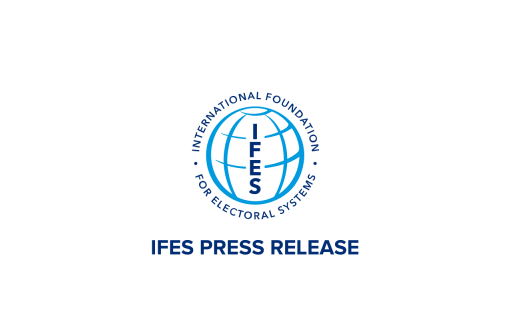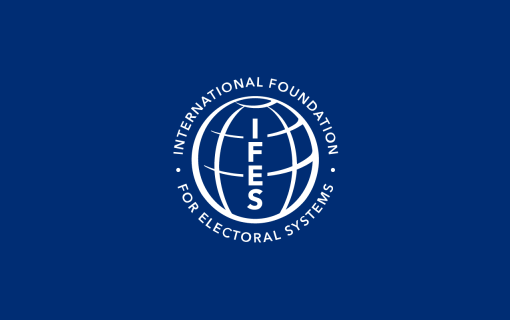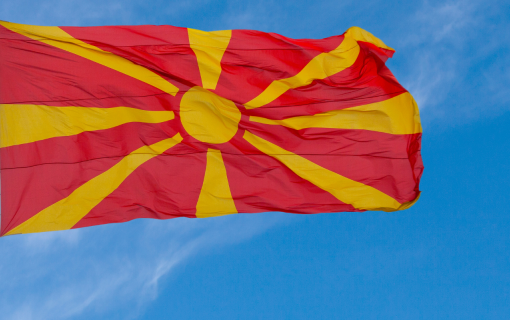Mexico: Voting for a Change
On Sunday, July 1 Mexicans cast their ballots in presidential and congressional elections. For voters, economic growth and the war on drugs were key issues.
IFES Chief of Party in Guatemala Maximo Zaldivar witnessed the election and answered a few questions about the race that brought back the Partido Revolucionario Institucional (PRI), the political party that ruled Mexico for 71 years before losing to the Partido Acción National (PAN) in 2000.
How was Election Day (traffic, security, lines outside polling station, the general mood)?
With 79 million registered voters in Mexico, Election Day surpassed all expectations, with citizens voting peacefully, a high civic spirit and visible dedication. The polls opened at 8:00 a.m. with few people in line; it was not until around 9:30 or 10:00 a.m. when people started to attend the 143,156 polling stations en masse, which closed at 6:00 p.m.
Rain came down on Mexico City in the afternoon, which might have had an impact on the voters.
What was the turnout for the election?
Reported turnout is over 60 percent. This is higher than the 2006 elections, when turnout was 58 percent.
When were results first heard?
Quick count reports were reported by the Instituto Federal Electoral (IFE), the election management body, on Sunday night.
When will the president-elect take office?
Enrique Pena Nieto of the PRI will take office on December 1, 2012, at the Congress of the Union.
Who observed the elections?
The only official international observation mission was conducted by the Organization of American States. The IFE hosted international guests from around the world, leading electoral experts and international organizations to observe as well.
A domestic observation was conducted by local organizations and a few international guests of contending political parties. In total, the IFE estimated there were about 30,000 observers nationwide.
The last presidential election, which took place in 2006, was extremely close and controversial. How has Mexico's election commission, the Instituto Federal Electoral, prepared for such a scenario?
They implemented many new regulations, including one of which allows ballots to be reopened to conduct an official recount, if needed. This was not in place in 2006.
Digital scanning to report results faster by way of a quick count, which will later be compared to the official results, was also implemented this time around.
Many protests took place before the election. What were they about?
It was mostly a student movement called "I am 132," which is a group organized against the PRI Party; however, the movement never managed to extend its reach beyond a particular middle class sector and was therefore not able to secure massive support.
What effect did the protests have on the polls?
No significant effect was felt. Citizens appeared very thoughtful at the polls. For example Mexico's Federal District had the PRD winning local government, instead of the PRI who had the presidential victory almost secured, according to official reports and exit polls.
IFES' FAQs Elections in Mexico: July 1 General Elections are available for more information.









